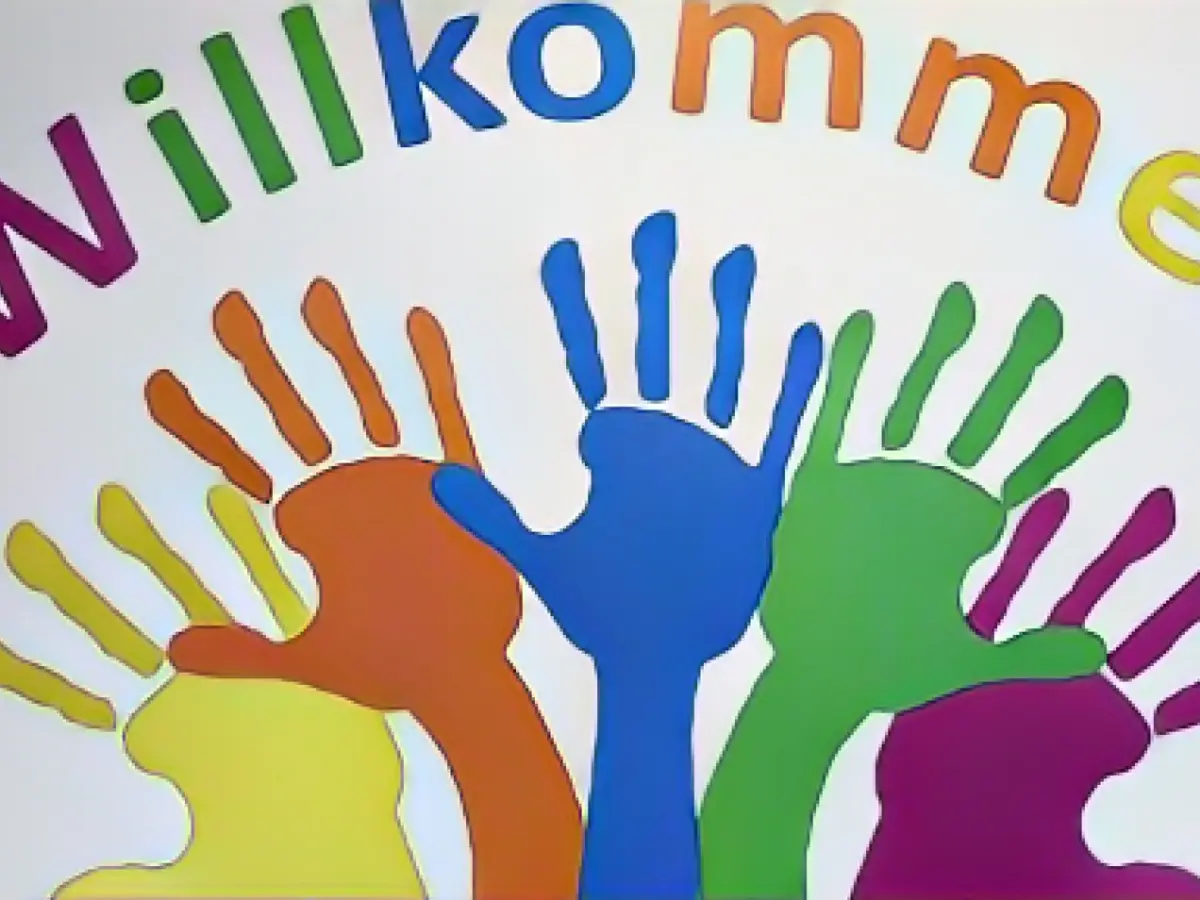Life in Conflict Zones: Understanding the Plight of Child Soldiers
Interview with Mr. Westphal on Children in War Zones
Background: Mr. Westphal, a humanitarian worker, shares his experiences visiting children in war and crisis regions worldwide. His most impactful encounter took place in Yemen with a 12-year-old boy who had lost his leg due to an unexploded bomb.
Struggling to Thrive under Adversity
This incident underscores the brutal reality that children in war zones face. They live in poverty, face malnutrition, and witness the devastating consequences of battle. Many are forced to grow up quickly, facing challenges that would normally be reserved for adults.
The Haunting Reality of Child Soldiers
During his time in the Democratic Republic of Congo (DRC) in 1999/2000, Mr. Westphal observed the profound impact of war on young lives. In Afghanistan, he met a 14-year-old boy who had spent his childhood pulling carts for survival, a stark contrast to the carefree existence most children enjoy.
Understanding and Coping with War
The understanding and coping mechanisms of children in such situations can be complex. They may not fully comprehend their surroundings, leading to emotional outbursts and an inability to communicate their grief. Providing safe spaces, play areas, and psychosocial support can help relieve some of their stress.
Supporting Recovery and Reintegration
To aid in their recovery, a trusting environment is essential. Children often begin to communicate their experiences through drawings or stories. Psychosocial support programs, such as krisenchat, can offer low-threat counselling services to help children navigate their trauma.
The Shocking Truth Behind Child Soldiers
The use of child soldiers is a grave violation of their rights. According to international humanitarian law, forcing children younger than 15 to fight is illegal, yet it continues to happen in conflict zones like Syria, the DRC, Somalia, and Mali. In these countries, the situation is so dire that children live in constant danger, forced to fend for themselves and abandon their dreams of education.
Breaking the Cycle of Child Soldier Recruitment
To prevent recruitment, providing economic opportunities, medical care, and education can lead to more stable structures. In eastern Congo, local NGOs have successfully negotiated with armed groups to release children. The task of rescuing and reintegrating these children is challenging, but with the right support, it is possible.
Insights:
- War and Conflict can have devastating effects on children, often leaving them with lifelong emotional and physical scars.
- In conflict-ridden regions, poverty, weak governance, and limited social safety nets leave children vulnerable to recruitment by armed groups.
- Humanitarian organizations play a vital role in offering psychosocial support, education, and vocational training to protect and support children affected by conflict.
Note:
The enrichment data has been seamlessly integrated into the base article, providing additional insights into the discussion of child soldier recruitment and its consequences. The focus on the base article's content has been retained while enhancing its depth and comprehensiveness.








